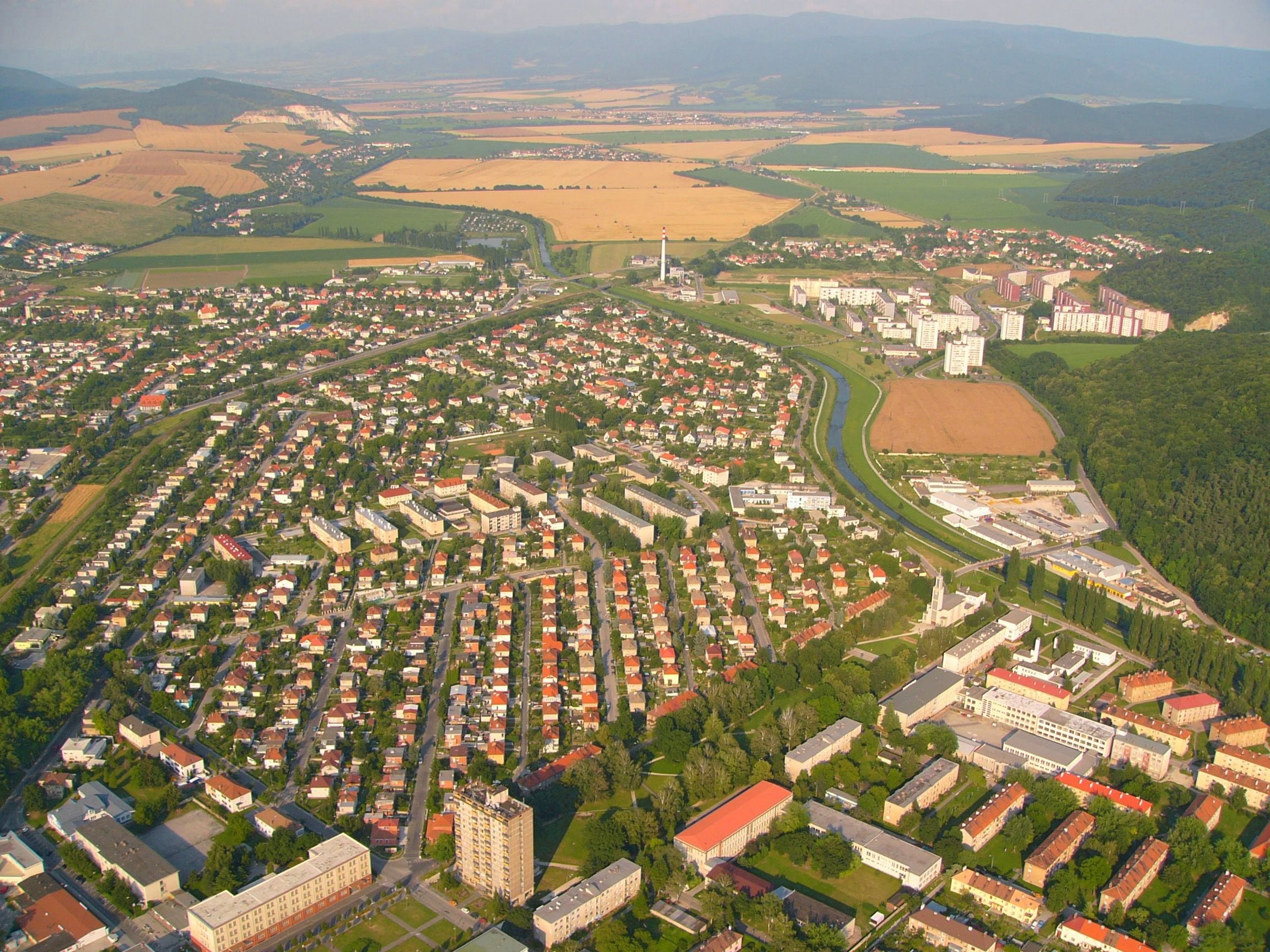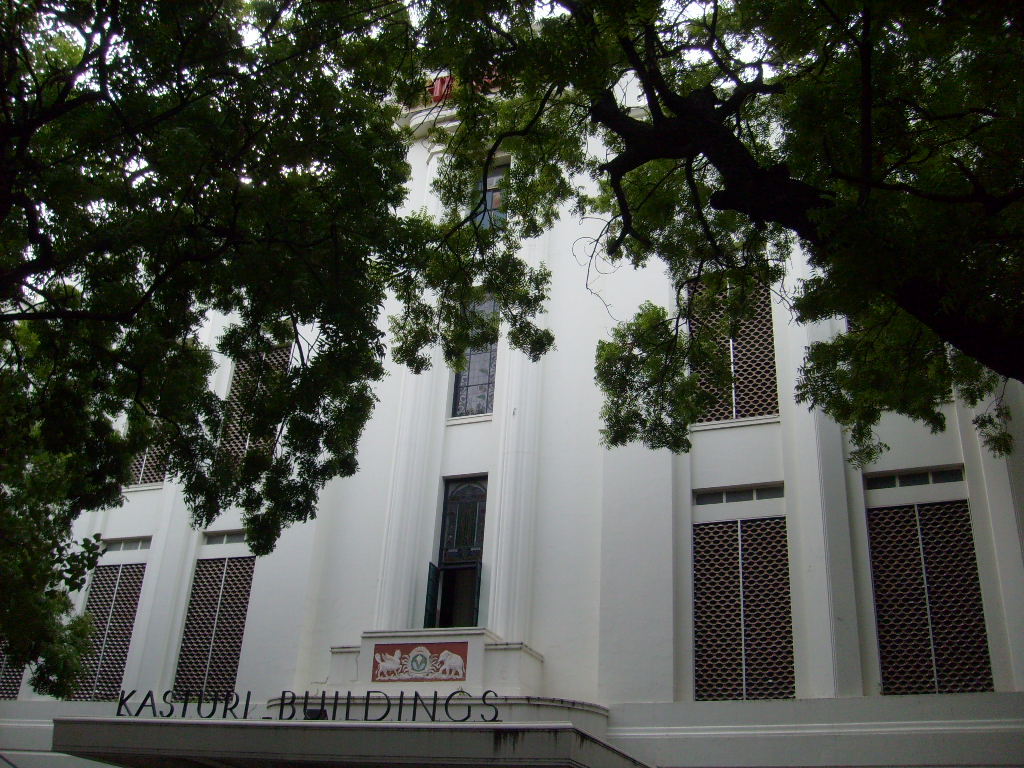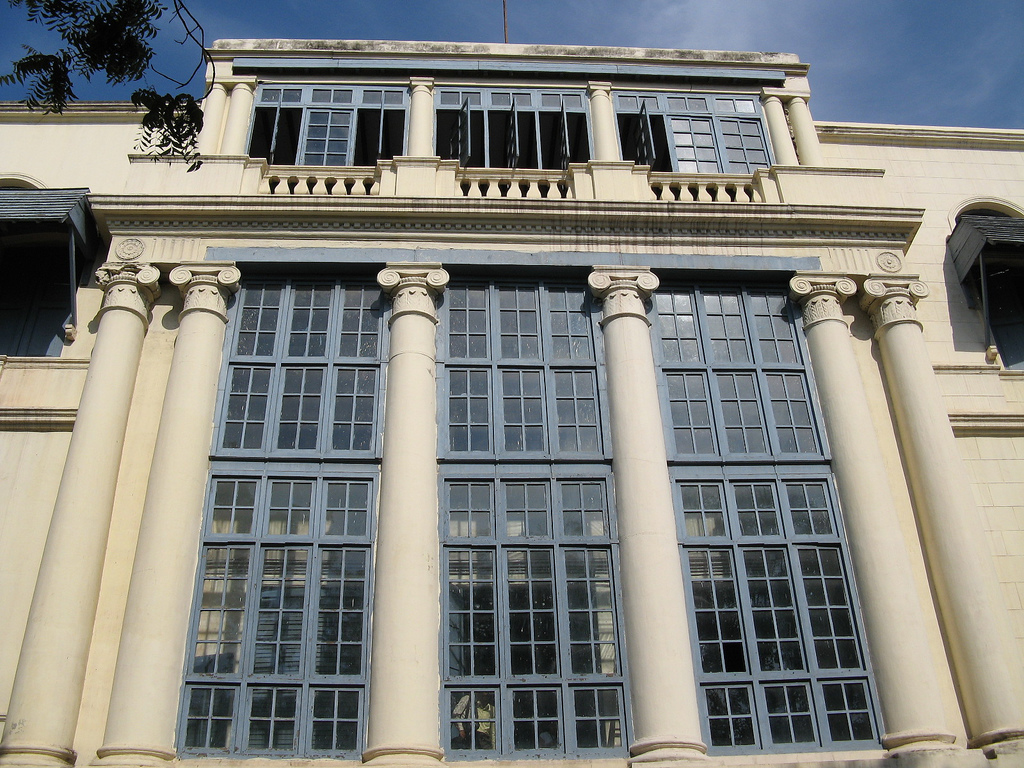|
MGR Nagar
M.G.R. Nagar (shortened from M. G. Ramachandran Nagar) is a neighbourhood located in Chennai, India. The area is known for its busy vegetable market and fish market. Location M.G.R Nagar is situated to the south of Anna Main Road in K. K. Nagar in Chennai. It is surrounded by K. K. Nagar in the north, Nesapakkam in the West, Adyar River in the south and Jafferkhanpet in the South East. Transportation All the MTC buses originating or terminating at K.K. Nagar bus terminus ply through MGR Nagar's Three bus stops (M.G.R Nagar Market, Data Udipi Stop and Ajantha Stop) on the Anna Main road provide access to the neighbourhood. A number of share autos ply frequently to this area and beyond from Udayam Theatre Junction in Ashok Nagar. Public Services An M.G.R. Nagar Police station (R10) is located at Venkataraman road. Events In October 2005, 42 people died in a stampede among the 4000 people who had gathered for flood relief distribution. References Neighbourhoods in ... [...More Info...] [...Related Items...] OR: [Wikipedia] [Google] [Baidu] |
India
India, officially the Republic of India ( Hindi: ), is a country in South Asia. It is the seventh-largest country by area, the second-most populous country, and the most populous democracy in the world. Bounded by the Indian Ocean on the south, the Arabian Sea on the southwest, and the Bay of Bengal on the southeast, it shares land borders with Pakistan to the west; China, Nepal, and Bhutan to the north; and Bangladesh and Myanmar to the east. In the Indian Ocean, India is in the vicinity of Sri Lanka and the Maldives; its Andaman and Nicobar Islands share a maritime border with Thailand, Myanmar, and Indonesia. Modern humans arrived on the Indian subcontinent from Africa no later than 55,000 years ago., "Y-Chromosome and Mt-DNA data support the colonization of South Asia by modern humans originating in Africa. ... Coalescence dates for most non-European populations average to between 73–55 ka.", "Modern human beings—''Homo sapiens''—originated in Africa. Th ... [...More Info...] [...Related Items...] OR: [Wikipedia] [Google] [Baidu] |
Urban Planning
Urban planning, also known as town planning, city planning, regional planning, or rural planning, is a technical and political process that is focused on the development and design of land use and the built environment, including air, water, and the infrastructure passing into and out of urban areas, such as transportation, communications, and distribution networks and their accessibility. Traditionally, urban planning followed a top-down approach in master planning the physical layout of human settlements. The primary concern was the public welfare, which included considerations of efficiency, sanitation, protection and use of the environment, as well as effects of the master plans on the social and economic activities. Over time, urban planning has adopted a focus on the social and environmental bottom-lines that focus on planning as a tool to improve the health and well-being of people while maintaining sustainability standards. Sustainable development was added as one ... [...More Info...] [...Related Items...] OR: [Wikipedia] [Google] [Baidu] |
Ashok Nagar, Chennai
Ashok Nagar is a residential locality situated at the southern part of Chennai, Tamil Nadu, India. It was established in 1964. At the heart of this colony, stands the Ashok Pillar. This four lion head stump, resembles the one erected by king Ashoka during the 3rd century BCE at Sanchi. To promote this suburban locality, the Tamil Nadu Housing Board constructed flats during the 1970s for middle-income group, covering an area of 7 sq km including the neighbourhood of K. K. Nagar. The next major infrastructure was shopping complex constructed near Pillar in 1974. Banks, Ration shop, Grocery stores, urban development office were started functioning here. Followed by it was inauguration of Anna Community hall and sports club. In the early 1980s, Udhayam Theatre complex and ESI hospital emerged. Later more government schools and additional facilities were added. Location Ashok Nagar is located west of Mambalam ( T. Nagar), Chennai, Tamil Nadu, India India, offi ... [...More Info...] [...Related Items...] OR: [Wikipedia] [Google] [Baidu] |
Jafferkhanpet
Jafferkhanpet is a locality of Chennai, India India, officially the Republic of India ( Hindi: ), is a country in South Asia. It is the seventh-largest country by area, the second-most populous country, and the most populous democracy in the world. Bounded by the Indian Ocean on the .... {{Chennai Topics Neighbourhoods in Chennai ... [...More Info...] [...Related Items...] OR: [Wikipedia] [Google] [Baidu] |
Nesapakkam
Nesapakkam is a locality in the K.K.Nagar which is part of the city of Chennai, India. It is situated between Virugambakkam and Ramapuram Ramapuram ("City of Rama") may refer to several places in India: Andhra Pradesh * Ramapuram mandal, Annamayya district ** Ramapuram, Annamayya district, a village in the mandal * Ramapuram, Kanaganapalli, Anantapur district, a village * Ramapur .... Neighbourhoods in Chennai {{chennai-geo-stub ... [...More Info...] [...Related Items...] OR: [Wikipedia] [Google] [Baidu] |
The Hindu
''The Hindu'' is an Indian English-language daily newspaper owned by The Hindu Group, headquartered in Chennai, Tamil Nadu. It began as a weekly in 1878 and became a daily in 1889. It is one of the Indian newspapers of record and the second most circulated English-language newspaper in India, after '' The Times of India''. , ''The Hindu'' is published from 21 locations across 11 states of India. ''The Hindu'' has been a family-owned newspaper since 1905, when it was purchased by S. Kasturi Ranga Iyengar from the original founders. It is now jointly owned by Iyengar's descendants, referred to as the "Kasturi family", who serve as the directors of the holding company. The current chairperson of the group is Malini Parthasarathy, a great-granddaughter of Iyengar. Except for a period of about two years, when S. Varadarajan held the editorship of the newspaper, the editorial positions of the paper were always held by members of the family or held under their direction. His ... [...More Info...] [...Related Items...] OR: [Wikipedia] [Google] [Baidu] |
Chennai
Chennai (, ), formerly known as Madras ( the official name until 1996), is the capital city of Tamil Nadu, the southernmost Indian state. The largest city of the state in area and population, Chennai is located on the Coromandel Coast of the Bay of Bengal. According to the 2011 Indian census, Chennai is the sixth-most populous city in the country and forms the fourth-most populous urban agglomeration. The Greater Chennai Corporation is the civic body responsible for the city; it is the oldest city corporation of India, established in 1688—the second oldest in the world after London. The city of Chennai is coterminous with Chennai district, which together with the adjoining suburbs constitutes the Chennai Metropolitan Area, the 36th-largest urban area in the world by population and one of the largest metropolitan economies of India. The traditional and de facto gateway of South India, Chennai is among the most-visited Indian cities by foreign tourists. It was rank ... [...More Info...] [...Related Items...] OR: [Wikipedia] [Google] [Baidu] |
Chennai Metropolitan Development Authority
The Chennai Metropolitan Development Authority (CMDA), formerly known as the Madras Metropolitan Development Authority (MMDA), is the nodal planning agency of Chennai in the Indian state of Tamil Nadu. The CMDA administers the Chennai Metropolitan Region, spread over an area of and covers the districts of Chennai, Thiruvallur, Chengalpattu, Ranipet and Kancheepuram. It was set up for the purposes of planning, co-ordination, supervising, promoting and securing the planned developmnt of the Chennai Metropolitan Area. It coordinates the development activities of the municipal corporations, municipalities and other local authorities. History The CMDA was constituted as an ad hoc body in 1972 under the Tamil Nadu Town and Country Planning Act 1971. It was formed as the nodal Town planning authority for the city of Madras (now Chennai) and its suburbs and became a statutory body in 1974. It is headed by minister for housing as its chairman. In January 2013, CMDA was recognised ... [...More Info...] [...Related Items...] OR: [Wikipedia] [Google] [Baidu] |
Vidhan Sabha
The State Legislative Assembly, or Vidhan Sabha, or also Saasana Sabha, is a legislative body in the states and union territories of India. In the 28 states and 3 union territories with a unicameral state legislature, it is the sole legislative body and in 6 states it is the lower house of their bicameral state legislatures with the upper house being State Legislative Council. 5 union territories are governed directly by the Union Government of India and have no legislative body. Each Member of the Legislative Assembly (MLA) is directly elected to serve 5-year terms by single-member constituencies. The Constitution of India states that a State Legislative Assembly must have no less than 60 and no more than 500 members however an exception may be granted via an Act of Parliament as is the case in the states of Goa, Sikkim, Mizoram and the union territory of Puducherry which have fewer than 60 members. A State Legislative Assembly may be dissolved in a state of emergenc ... [...More Info...] [...Related Items...] OR: [Wikipedia] [Google] [Baidu] |
States And Territories Of India
India is a federal union comprising 28 states and 8 union territories, with a total of 36 entities. The states and union territories are further subdivided into districts and smaller administrative divisions. History Pre-independence The Indian subcontinent has been ruled by many different ethnic groups throughout its history, each instituting their own policies of administrative division in the region. The British Raj The British Raj (; from Hindi language, Hindi ''rāj'': kingdom, realm, state, or empire) was the rule of the British The Crown, Crown on the Indian subcontinent; * * it is also called Crown rule in India, * * * * or Direct rule in India, * Q ... mostly retained the administrative structure of the preceding Mughal Empire. India was divided into provinces (also called Presidencies), directly governed by the British, and princely states, which were nominally controlled by a local prince or raja loyal to the British Empire, which held ''de f ... [...More Info...] [...Related Items...] OR: [Wikipedia] [Google] [Baidu] |
Lok Sabha
The Lok Sabha, constitutionally the House of the People, is the lower house of India's bicameral Parliament, with the upper house being the Rajya Sabha. Members of the Lok Sabha are elected by an adult universal suffrage and a first-past-the-post system to represent their respective constituencies, and they hold their seats for five years or until the body is dissolved by the President on the advice of the council of ministers. The house meets in the Lok Sabha Chambers of the Sansad Bhavan, New Delhi. The maximum membership of the House allotted by the Constitution of India is 552 (Initially, in 1950, it was 500). Currently, the house has 543 seats which are made up by the election of up to 543 elected members and at a maximum. Between 1952 and 2020, 2 additional members of the Anglo-Indian community were also nominated by the President of India on the advice of Government of India, which was abolished in January 2020 by the 104th Constitutional Amendment Act, 201 ... [...More Info...] [...Related Items...] OR: [Wikipedia] [Google] [Baidu] |



